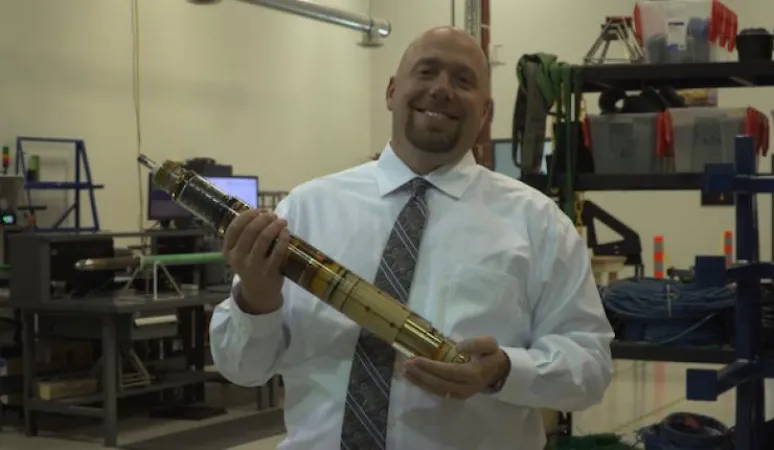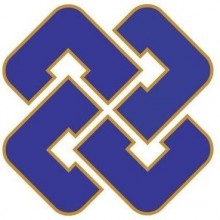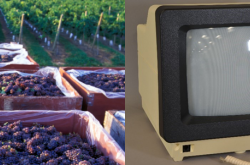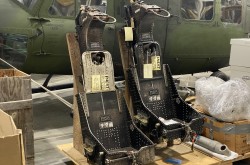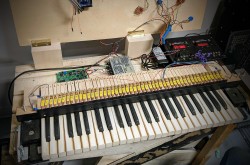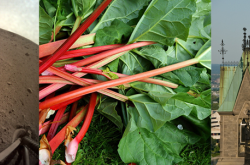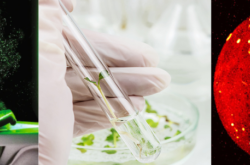Evolution Engineering Brings Oil & Gas Technology into the 21st Century
This article was originally written and submitted as part of a Canada 150 Project, the Innovation Storybook, to crowdsource stories of Canadian innovation with partners across Canada. The content has since been migrated to Ingenium’s Channel, a digital hub featuring curated content related to science, technology and innovation.
“Imagine taking your cell phone from 2003 or 2004 and trying to use it today,” says Jim Bush, President of 2016 ASTech Awards Winner for Applied Technology and Innovation Evolution Engineering Inc. “You can’t text message, or surf the web, or be on conference calls. That’s what drilling technology in oil and gas was like, compared to what we can do now.”
This technology advancement was possible due to the Calgary-based company’s innovative work with measurement-while-drilling (MWD) tools. MWD tools are used thousands of metres underground, where they send information to the surface which the drilling rig operator uses to guide and steer the entire drilling assembly.
These measurement tools are an essential part of the oil and gas industry, but according to Evolution Engineering, suffered from major flaws. “Our MWD tools really emanated from the 1990’s, and the industry hadn’t seen much development since then,” says Bush.
Their solution was to create a revolutionary new MWD called EVO ONE™. This new tool is equipped with modern capabilities never before used in an MWD, and it helped to modernize the oil and gas drilling industry.
Read the full story here.
Transcript
Evolution Engineering is innovating the oil & gas industry by developing a measurement-while-drilling (MWD) tool which allows drilling rigs to communicate real-time data to the operator up to 30 times faster than previous standard MWDs.



